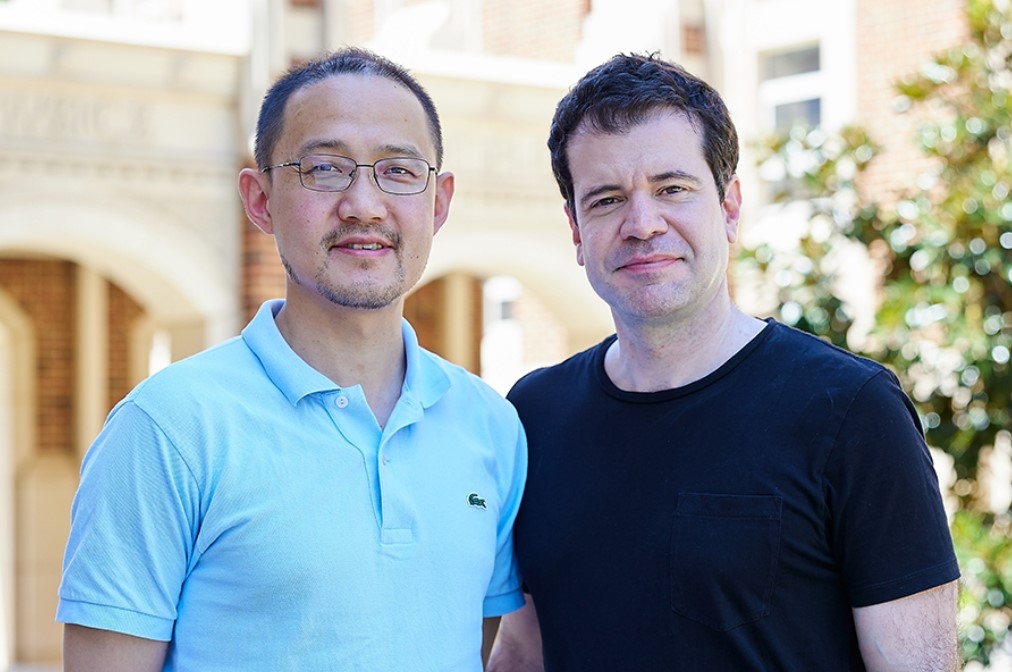Insider Brief:
- Researchers from the University of Oklahoma, in collaboration with Harvard University and the City University of New York, predicted the existence of a new particle called the topological exciton.
- Topological excitons possess finite vorticity and form in Chern insulators, properties which make them unique in behavior and potential applications.
- The study suggests that topological excitons could lead to the development of advanced photonic devices, new types of superfluids, and qubits for quantum computing.
In a new study published in Proceedings of the National Academy of Sciences, researchers from the University of Oklahoma, in collaboration with Harvard University and the City University of New York, have predicted the existence of a new class of particles known as topological excitons. Led by Bruno Uchoa and Hong-yi Xie from OU’s Department of Condensed Matter Physics, this discovery has implications for the future of quantum devices and optoelectronic technologies.
Redefining Excitons in Quantum Materials
Excitons are particles formed by the binding of an electron and a positively charged hole. Observed in insulators and semiconductors for decades, they play a key role in modern electronic devices.

In this study, however, the researchers introduce a new type of exciton with finite vorticity—a property that describes the rotational motion of the particle, characterized by a specific, non-zero value that directly affects its behavior. This new particle, known as a topological exciton, exists in materials called Chern insulators.
Chern insulators are quantum materials where electrons move along the edges in stable, unidirectional paths, creating edge currents without conducting electricity internally. The combination of finite vorticity and the topological characteristics of the electrons and holes in Chern insulators sets topological excitons apart from traditional excitons, both in behavior and potential applications.
The Synergy Between Topology and Quantum Physics
This discovery is grounded in the field of topology, a branch of mathematics that studies properties of shapes that remain constant under continuous deformations, such as stretching or twisting. The researchers propose that when light interacts with Chern insulators, it creates excitons that inherit the nontrivial topological properties of the host material. These excitons, in turn, could emit circularly polarized light as they decay, opening up opportunities for developing advanced photonic devices.
Additionally, the study suggests that topological excitons could form new types of superfluids at low temperatures., which could then be used to create powerful light emitters or even qubits in quantum computing applications.
“The prediction of this composite particle could help develop new optoelectronic devices based on topology,” says Uchoa. “Not only could it aid in quantum communication applications, but it could also help engineer qubits that have two entangled states, on and off, based on the vorticity or polarization of the emitted light. I’m very excited about these possibilities.”
Real-World Implications for Quantum Technology
As quantum technologies continue to evolve, predictions such as the exciton highlight the exciting—pun fully intended—possibilities for the next generation of quantum devices. The research conducted by Uchoa and Xie serves as a foundational step toward realizing quantum applications driven by topological exciton dynamics, reinforcing the significance of topology in quantum materials research.
















